Whether in town for a day or overnight, be sure to check out some of the most prominent sites and historical museums in Colmar.
Upon arrival, head to Old Town where all the magic happens. From antique shops to ancient churches, marvel over the architecture or enjoy a glass of French wine at a streetside café. Exploring Old Town will take an afternoon, or several days, depending on how much time is on the itinerary. Two places that tourists admire the most are the canals and Little Venice. Little Venice is one of the most picturesque areas in Colmar, and for the right reason. Vibrant colored buildings built alongside the Lauch River. Similar to Venice, meander alongside canal streets or take a boat ride – the choice is yours!
Important streets: Rue de la Poissonnerie & Rue Turenne
Quai de la Poissonnerie is the old fishermonger’s district where local fishermen once lived. The used to fish and store the catch in fish ponds sold at the market. Today, the half-timbered buildings are another photogenic site, and for good reason.
Built in the 14 Century, the Gothic church showcases artwork depicting the timeline of Christ’s life including the notable Madonna of the Rosebush painted by Martin Schongauer. The church-museum contains an entry fee. Signs contain information regarding the symbolism of the painting but Mary’s cloak is red for the roses, which is unusual as its normally blue. And the roses are red to signify the Passion of Christ (his death and blood). The single white rose near Mary represents purity. The deeper you look, the more you “see” the symbolism.
To understand what it feels like to be American, visit the Bartholdi Museum. Augustus Bartholdi, the world-renowned sculptor, lived in this house between 1834-1904. Today, the three-story museum showcases his finest artwork from sculptures to sculpture models to blueprints. The heart of the museum includes the sculpture models for the Statue of Liberty and Lion of Belfort.
Once of the most remarkable homes in Colmar is the Pfister House, home to the hatter Ludwig Scherer, a man who made fortunes trading in the Val de Liepvre. Built in 1537, the exterior contains detailed artwork of biblical and secular scenes. This is the first example of the architectural renaissance in Colmar.
11 rue des Marchands 68000 Colmar
Koïfhus (Old Custom House)
This 15th Century building was once the political and economic epicenter of Colmar. Located next to the old fruit market, the ground level was a warehouse for goods and where merchants paid their import-export tax.
Located in Place de la Cathédrale, is the Gothic Saint Martin Church. Founded in 1234, the church’s construction terminated in 1365. Marvel at the 15th Century stained glass and let the medieval energy soak in while lighting a candle for hope and good faith.
Eglise Saint Matthieu
Once the Protestant house of worship, the Franciscans founded Saint Matthew church in 1292. Completely almost a century later, the church closed in 1543 and converted into a hospital. Today, the church still worships Protestant teachings.
You can’t visit France without tasting the local pastries and desserts. One spot to discover traditional Alsace baked goods is at the Maison Alsacienne de Biscuiterie. The best part is that Christmas treats are available yearround, even in the dead of summer.
Kougelhopf
Speaking of treats, when in Colmar try the traditional kougelhopf, a symbol of Alsace’s heart and soul. Kougelhopf is a slightly sweet leavened bread, shaped into a cake mold, which includes almonds and raisins. Savory versions are available and don’t forget to buy a kougelhopf pan, the best souvenir of the region. Kougelhopf is available at most bakeries and Alsace food shops.
What's your favorite landmark in Colmar?
This Lemon Tree article is now featured on GPSmyCity. To download this article for offline reading or travel directions to the attractions highlighted in this article, go to 10 of the Best Historical Sites & Landmarks in Colmar, France.
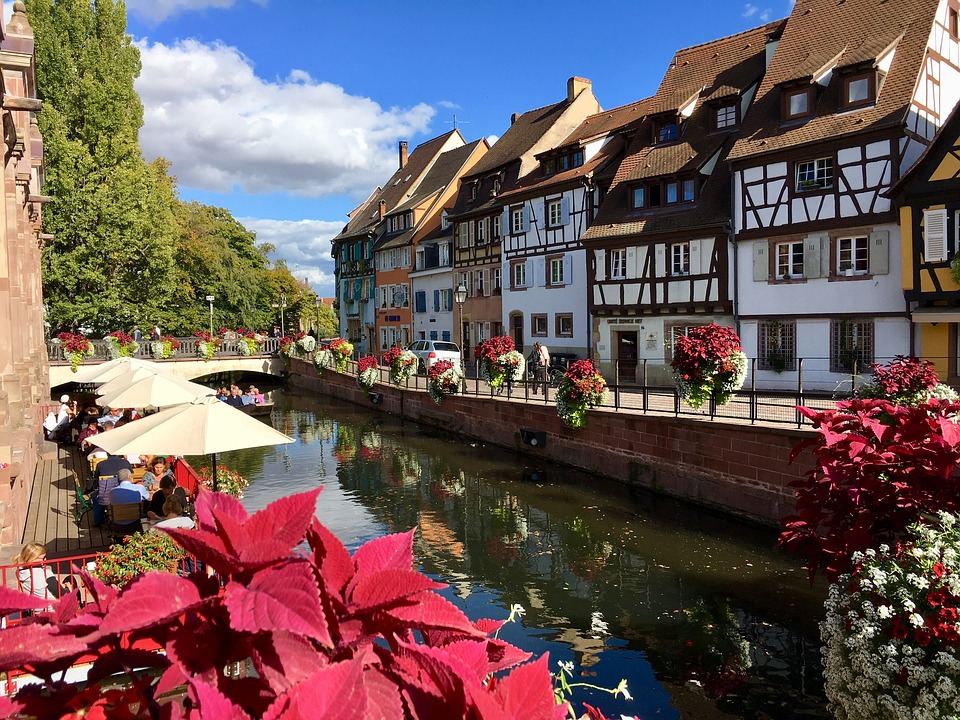
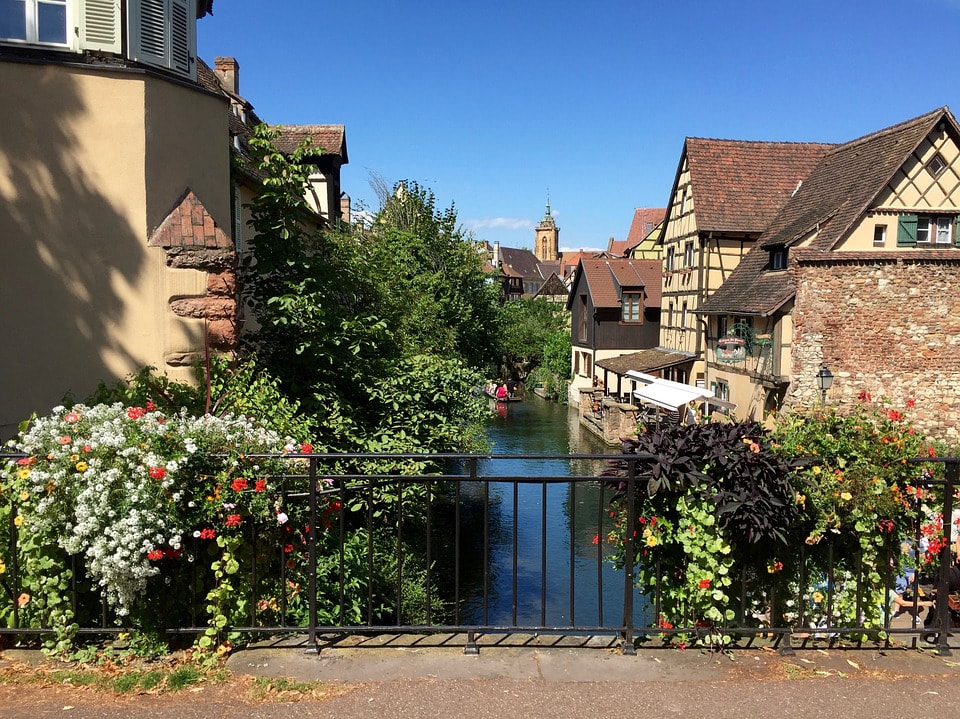
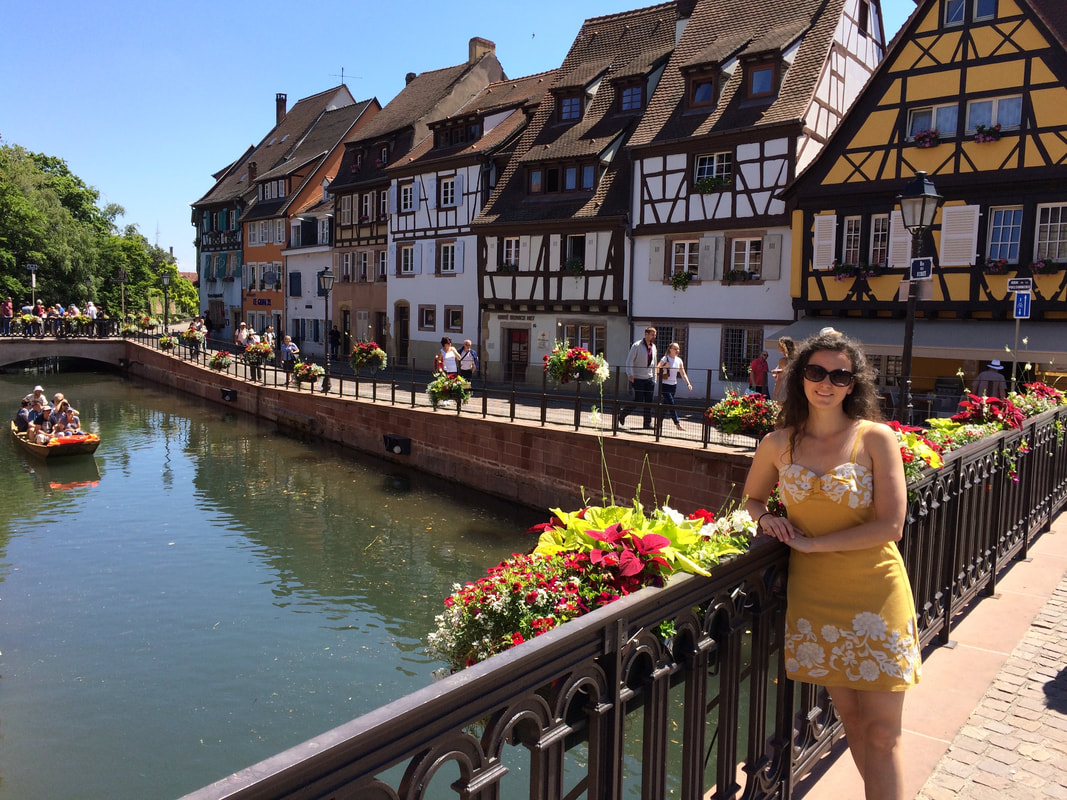


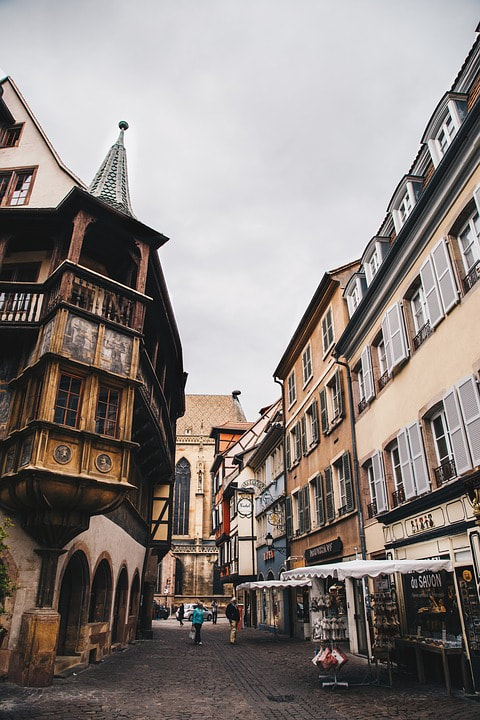
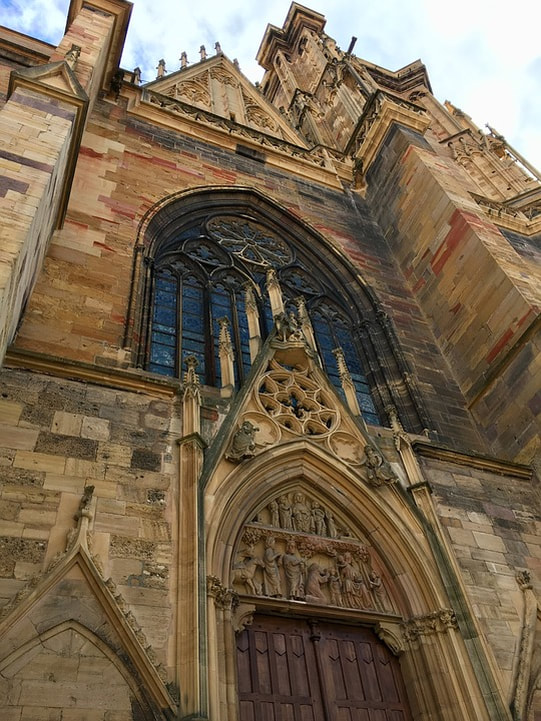



 RSS Feed
RSS Feed